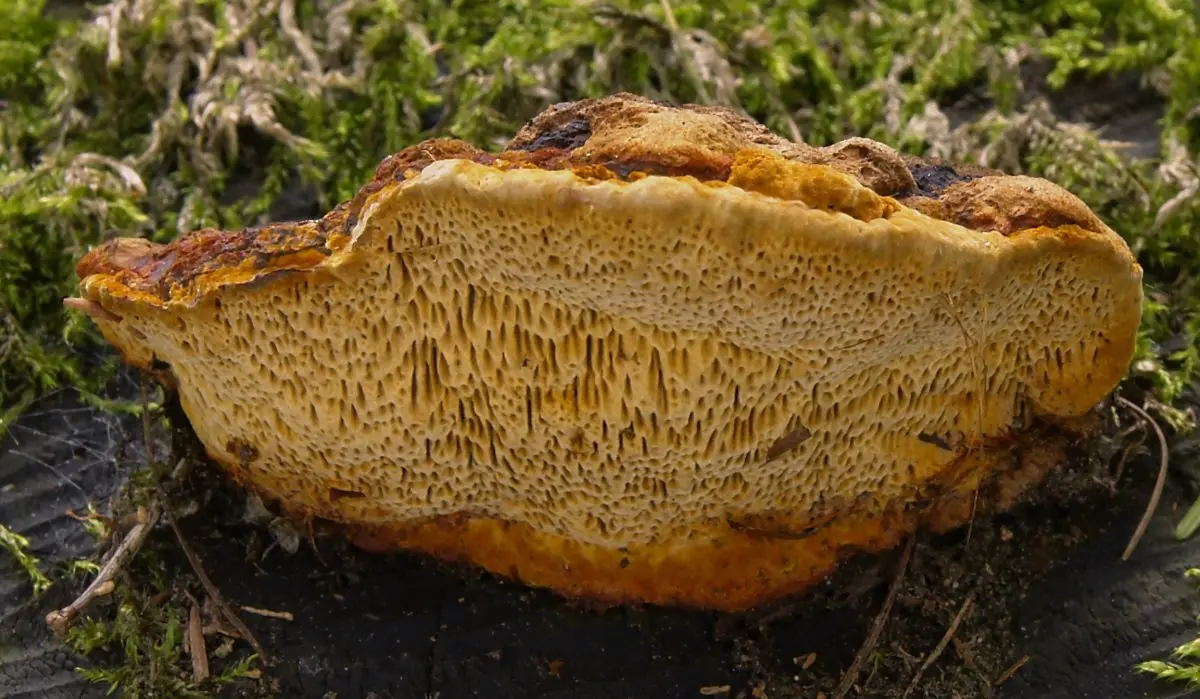Gloeophyllum odoratum (Gloeophyllum odoratum)
- Division: Basidiomycota (Basidiomycetes)
- Subdivision: Agaricomycotina (Agaricomycetes)
- Class: Agaricomycetes (Agaricomycetes)
- Subclass: Incertae sedis (of uncertain position)
- Order: Gloeophyllales (Gleophyllic)
- Family: Gloeophyllaceae (Gleophyllaceae)
- Genus: Gloeophyllum (Gleophyllum)
- Type: Gloeophyllum odoratum

Gleophyllum (lat. Gloeophyllum) – a genus of fungi from the Gleophyllaceae family (Gloeophyllaceae).
Gloeophyllum odoratum contains perennial larger, up to 16 cm in the largest dimension, fruiting bodies. Hats are solitary, sessile or collected in small groups, the most diverse in shape, from pillow-shaped to hoof-shaped, often with nodular growths. The surface of the caps is initially felty, a little later rough, rough, uneven, with small tubercles, from red to almost dark, with a thick, much bright red edge. The fabric is about 3.5 cm thick, corky, red-brown, darkening in KOH, with a characteristic anise spicy smell. The hymenophore reaches 1.5 cm in thickness, the surface of the hymenophore is yellowish-brown, darkening with age, the pores are large, rounded, slightly elongated, angular, sinuous, about 1-2 per 1 mm. More often this species lives on stumps and dead trunks of conifers, mainly spruces. Can also be found on treated wood. Quite a widespread species. The books describe a couple of forms that differ in size, configuration of fruiting bodies and other structural features of the hymenophore. G. odoratum is recognizable by its large fruit bodies of characteristic shape and color, as well as by its characteristic aniseed spicy odor. Representatives of this genus cause brown rot. In the northern hemisphere, they sprout mainly on conifers, in the tropics they prefer rough tree species.
It is for this reason that the position of this species in the genus Gloeophyllum is unjustified. Recent molecular data support the relationship of this species to the genus Trametes. It is possible that in the future it will be transferred to the previously described genus Osmoporus.









